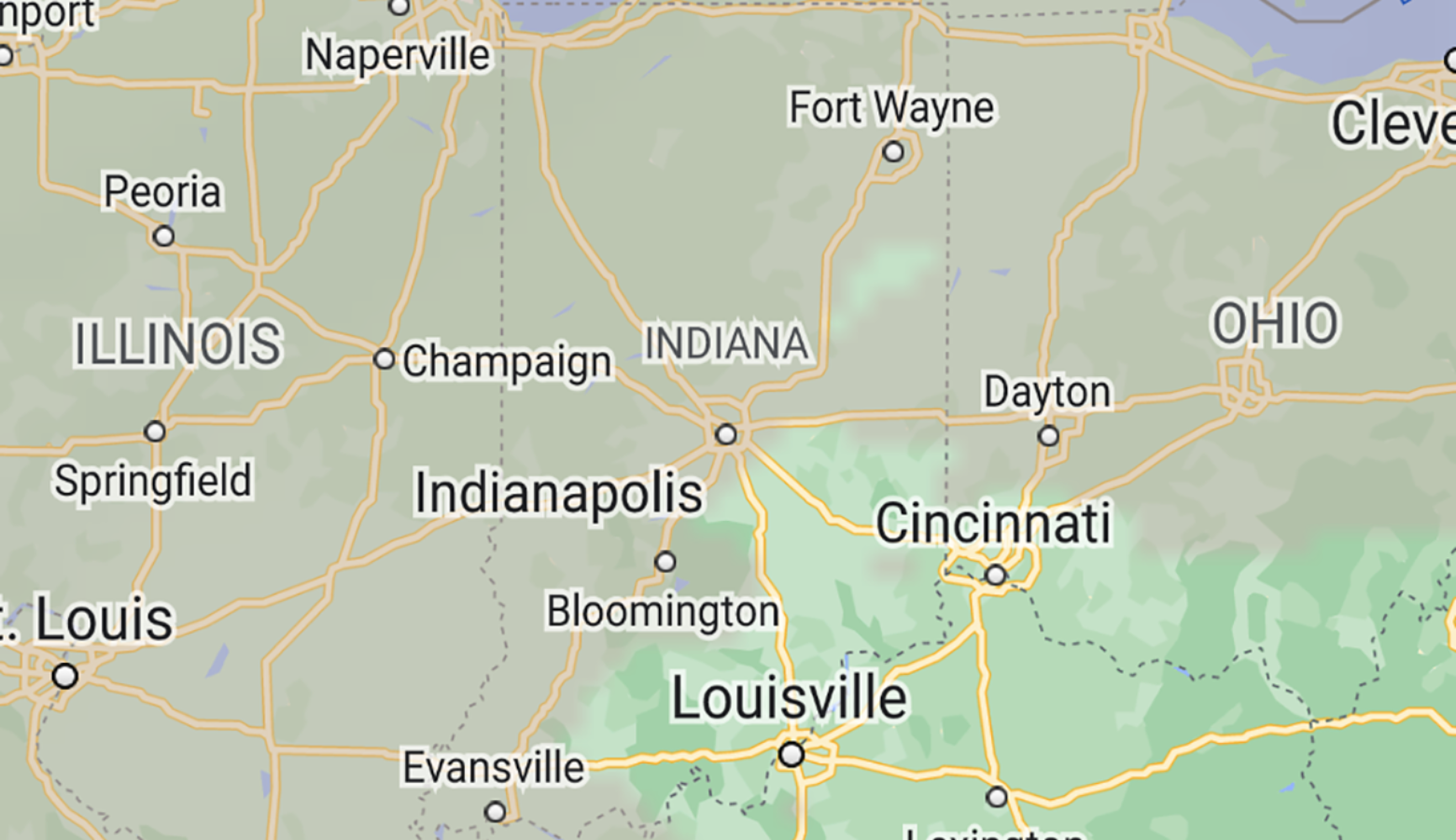Why it’s hard to forecast wildfire smoke

As wildfires in Canada continue to burn, Hoosiers might have noticed the air quality changing a lot from day to day, or even in the same day. While it’s easy to track the air quality in real-time, knowing what the smoke will be like tomorrow or days from now is harder.
Scientists with the National Oceanic and Atmospheric Administration (NOAA) use satellites to look at temperature differences on the ground to figure out where the fires are and how far into the air the smoke is likely to rise. That — along with weather patterns — can tell us if the smoke is headed our way.
NOAA atmospheric scientist Stan Benjamin works with these weather models. He said smoke forecasts have only been added to weather models relatively recently — within the past four years — and they do have some shortcomings.
Benjamin said sometimes cloud cover can make it hard for satellites to see hot spots and they can only estimate temperature differences.
“We would say that the NOAA smoke models right now are underestimating the smoke intensity by maybe 50 percent — something like that — at times,” he said.
Join the conversation and sign up for the Indiana Two-Way. Text “Indiana” to 73224. Your comments and questions in response to our weekly text help us find the answers you need on statewide issues, including this series on climate change and solutions.
What’s more, Benjamin said the air quality can sometimes change quickly as the air mixes vertically — especially in the afternoon.
“So maybe there’s already smoke overhead where you are in Indiana and then it starts to mix down more and suddenly you might go from 40 and suddenly shoot up to 80 or 100 in the air quality index. So that would make sense. And it means that you sort of have to keep an eye open,” he said.
READ MORE: How to protect yourself from wildfire smoke
Until the wildfires are under control, it might be best for Hoosiers to check the air quality before they go out and keep an N95 mask handy.
There are several options for checking the air quality, including the AirNow and Smoke Sense apps, as well as IDEM’s Near-real Time Air Quality Maps and Data.
Benjamin said these smoke forecasts have other uses too — they can help estimate wind and solar power generation and visibility in air travel.
Rebecca is our energy and environment reporter. Contact her at rthiele@iu.edu or follow her on Twitter at @beckythiele.


